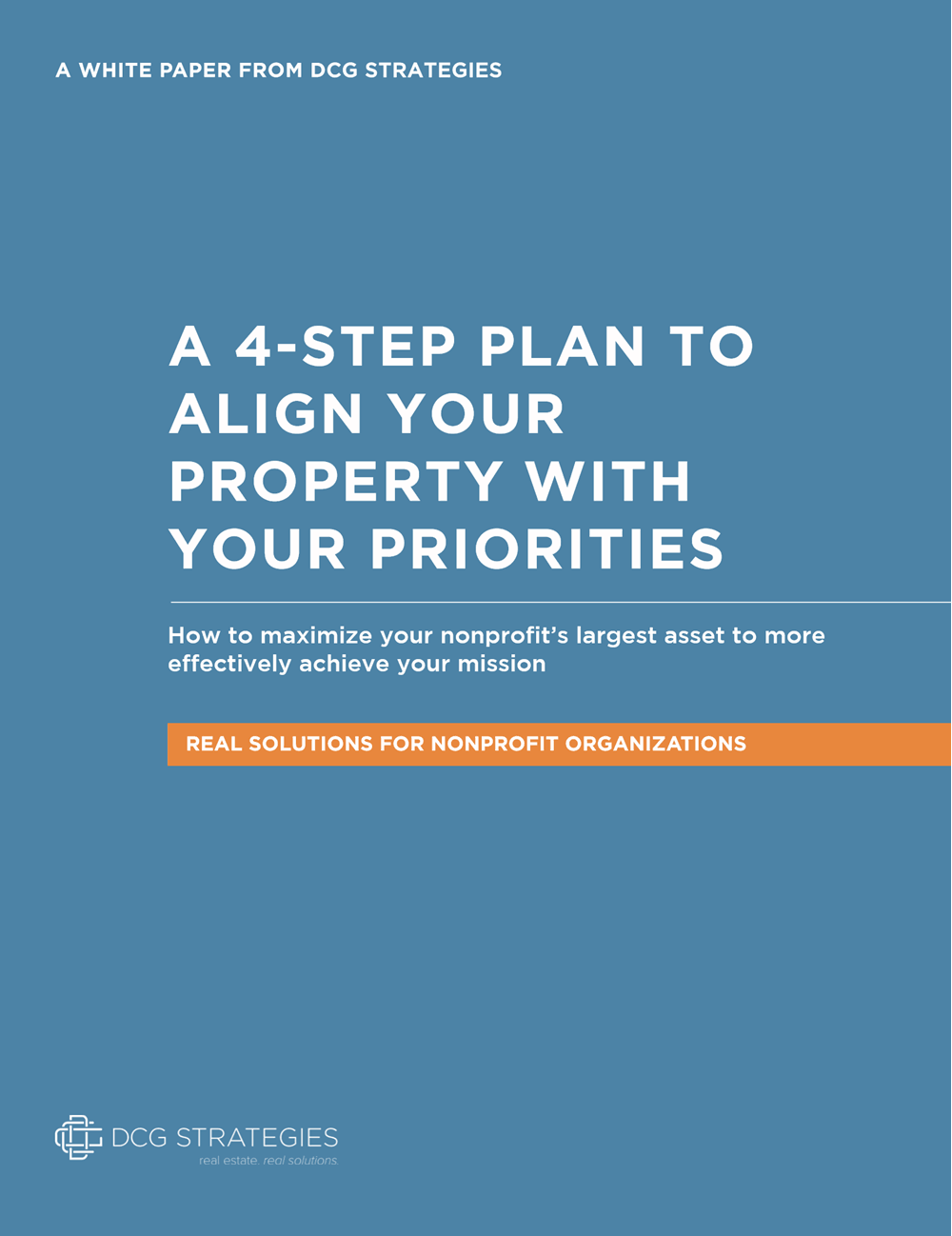Around the country and especially here in sunny California, public and private schools have been among the first large institutions to embrace solar technology. According to one survey, more than 3,500 K-12 schools have put solar arrays on rooftops, in parking lots, and other unused areas of their campuses. Here’s why: Cost savings: Solar
Church designs range from the traditional to the modern, and the only ‘right’ church design for the 21st Century is the one that best reflects the mission and personality of the church. Image source: Flickr CC user Laurelville Memorial Church Center At a time when many churches are struggling with attendance and members are aging,
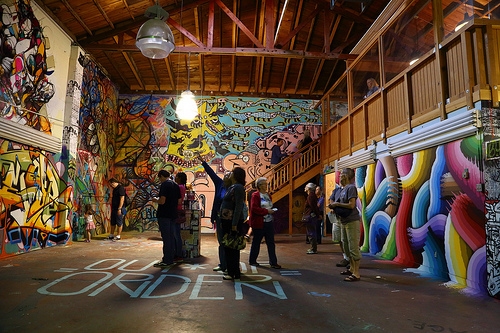 In this case, a former warehouse has been converted into an art gallery. Industrial space is often available at a good price, is highly flexible for development, and can be built more quickly and affordably than other traditional office buildings. Credit: Flickr user Don McCullough
Developers in Culver City recently did what many entrepreneurs have done in California: they saw potential in some warehouse space that was for sale. The firms bought a former 30,000-square-foot building and plan to turn it into an office building.
In this case, a former warehouse has been converted into an art gallery. Industrial space is often available at a good price, is highly flexible for development, and can be built more quickly and affordably than other traditional office buildings. Credit: Flickr user Don McCullough
Developers in Culver City recently did what many entrepreneurs have done in California: they saw potential in some warehouse space that was for sale. The firms bought a former 30,000-square-foot building and plan to turn it into an office building.
Seven years ago, Interbay Covenant Church was an older congregation that did church in the traditional way, singings hymns from the bible in a quiet, brick church in Seattle. Across the street at the Quest Church, a much younger flock came to services in sandals and shorts and sang along to a rock band
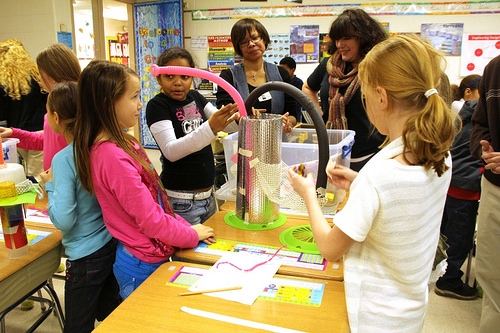 Citing a lack of American-trained scientists and engineers, the federal government has made the teaching of science, technology, engineering, and math (STEM) a priority. Several STEM programs and schools have opened in California.
Citing a lack of American-trained scientists and engineers, the federal government has made the teaching of science, technology, engineering, and math (STEM) a priority. Several STEM programs and schools have opened in California.Image source: Flickr CC User RDECOM Citing a shortfall of American-trained engineers and scientists, the Obama Administration has made it a priority for schools to better teach science, technology, engineering, and math (STEM) to students. In response, entrepreneurs, community leaders, K-12 public schools, private schools, and charter schools have begun developing innovative programs in existing schools, in addition to building so-called STEM schools from the ground up.
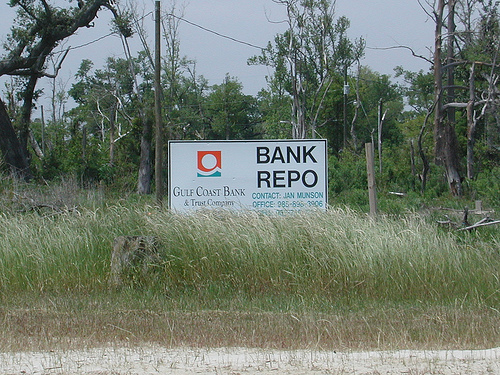 Even though the economy is improving, there is still plenty of bank-owned, foreclosed commercial property available in the United States. But buyers should proceed with caution.
Even though the economy is improving, there is still plenty of bank-owned, foreclosed commercial property available in the United States. But buyers should proceed with caution. Image source: Flickr CC user Bart Everson On the steps of county courthouses, investors show up at foreclosure auctions with cash in hand and put in bids for hotels, strip malls, and other foreclosed commercial property. Others sit across a desk from hard-nosed bankers and haggle over a price. Sometimes these deals turn out to be a steal. But sometimes...
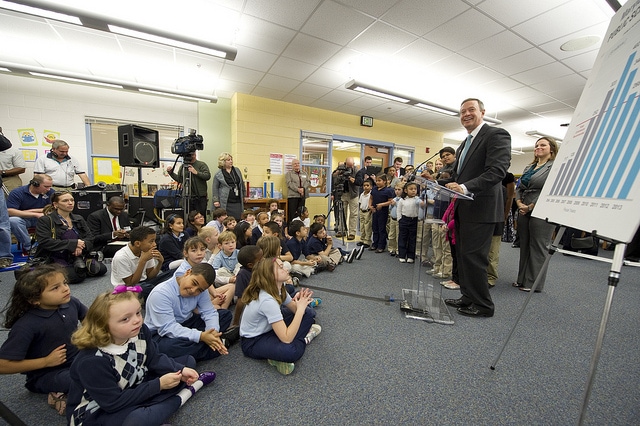 California schools have led the nation in using private funding to support programs and facilities. Although the issue of using private funding to support public education can be controversial, districts have several fundraising options.
California schools have led the nation in using private funding to support programs and facilities. Although the issue of using private funding to support public education can be controversial, districts have several fundraising options.Image source: Flickr CC user Maryland GovPics By now, you have probably heard that Facebook Founder Mark Zuckerberg famously donated $100 million to schools in gritty Newark, New Jersey. He recently followed that up with a pledge to contribute $120 million to California schools in the Bay area. While these massive donations got lots of news coverage, a lesser-known story in California is just as telling of how common private donations have become for public schools.
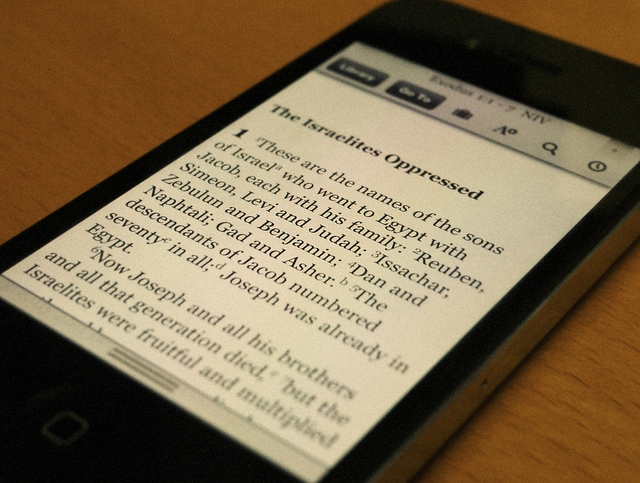 Churches are adopting new technologies to help spread the faith almost as quickly as they become available.
Churches are adopting new technologies to help spread the faith almost as quickly as they become available. Image source: Flickr CC user brett jordan A Tampa Bay church recently did what many larger churches are doing these days: it opened two new branch campuses in other towns. Unlike in the past, however, the lead pastor doesn’t have to travel from church to church and give the odd sermon at a far-flung outpost. Many regular attendees have never seen him in the flesh – and don’t feel they need to. That’s because they can watch his message live every Sunday on a 9-by-16 foot screen, when it’s broadcast via satellite.
 Opinions vary widely on what the 21st Century School should look like. It all depends on the school's vision.
Opinions vary widely on what the 21st Century School should look like. It all depends on the school's vision. Image source: Flickr CC user Cliff In Washington, D.C., a school district recently took what it felt was the fastest route to get the word out to students that it was now acceptable for them to bring their smartphones to class: the school district tweeted them. The district ended an all-out ban on mobile devices in the classroom in 23 high schools. Why fight against the current of the times? After all, their kids and most kids who attend a 21st Century school surf the Internet on their phones to discover what’s going on. Just as the blackboard went out of fashion, so too should this idea that students should leave potential learning tools in the locker. Or so the district believes.
 Charter schools have drawn protests around the country when they co-locate with public schools in the same building, as with this one in Manhattan. Fortunately, charter schools have several options to obtain private facilities in California.
Charter schools have drawn protests around the country when they co-locate with public schools in the same building, as with this one in Manhattan. Fortunately, charter schools have several options to obtain private facilities in California. Image source: Flickr CC user Jkrincon California has more than 1,000 charter schools, the most in the country. As the popularity of these independent, taxpayer-funded schools has grown, so too has the controversy over providing them with classrooms and facilities.
 When selecting a space for your non-profit, there are a lot of factors to take into consideration.
When selecting a space for your non-profit, there are a lot of factors to take into consideration.Image source: Flickr CC user Dave Fayram I grew up in the 90s, and went to college at the end of that decade and the beginning of this century. It was easy, and probably correct, to think that it was the golden age of non-profits and NGOs. The rise of the Internet helped connect people with like-minded thinkers and activists across the globe, and just being able to see the example of brave and determined people was inspiring. When Jody Williams, an anti-landmine activist, won the Nobel Peace Prize in 1997, it was seen as a triumph for anyone who worked outside the system. That wasn’t the first strong period for NGOs and it wasn’t the last, but it was an incredible time for outsiders.
 Seeing 'for sale" signs in front of churches has become an all-too-common site as attendance declines and congregations age. Planting a new church poses great opportunities and challenges, and should be approached like a business.
Seeing 'for sale" signs in front of churches has become an all-too-common site as attendance declines and congregations age. Planting a new church poses great opportunities and challenges, and should be approached like a business.Image source: Flickr CC user Katrin We’ve just heard two different stories about congregations that planted churches. The aptly named Church of the Open Door recently started a new church in Vermilion, Ohio. When the congregation went looking for buildings this past summer, an opportunity to buy a former school administrative office seemed to fall from heaven. About 70 families are pleased to report that they’ll no longer have to drive 20 minutes to their main campus in the next town for Sunday services. By all accounts, their church planting is going well. So far, so good.













